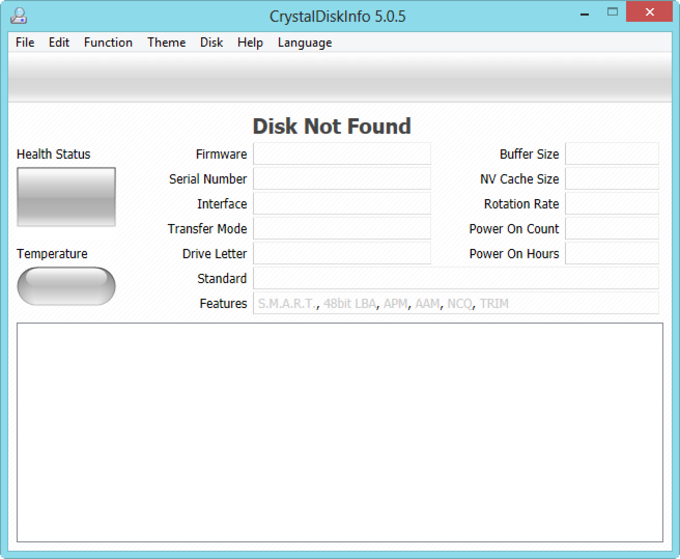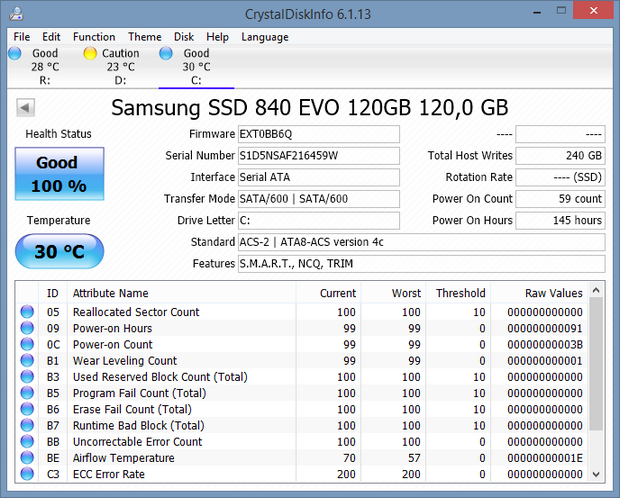
Then type below commands to check: list disk > select disk n (n is the SSD) > list partition. The other is to check alignment using Diskpart: in the same Run box, type “diskpart” and hit Enter. It needs to be divisible by 4096 otherwise the SSD block is not alignment correct. Then go Components >Storage > Disks and look for your SSD and check the Partition Starting Offset. One is to check it with System Information: press Windows + R key combo to start Run. To check the alignment of your SSD’s partition, you have two methods. SSD partition alignment check in two methods If things continue this way, the number of unnecessary writing operations will increase dramatically, which shortens SSD lifespan eventually. For instance, known small file occupies large disk storage in data partition, or system programs and applications run slowly even if you just upgrade hard drive to SSD. There are some signs that show your SSD alignment not OK. One may need to align Windows 10 after clone. 4K aligned partition better serves operating systems and offers higher performance. 4K alignment also is widely used in advanced formatted mechanical hard disk.


If the smallest 4K allocation units are not always aligned with the 4K pages in SSD, the performance of SSD could be affected. SSD alignment mostly refers to SSD partition 4K alignment because SSD adopt the smallest 4K sector in file system to save data. When do you need SSD alignment in Windows 10?


 0 kommentar(er)
0 kommentar(er)
